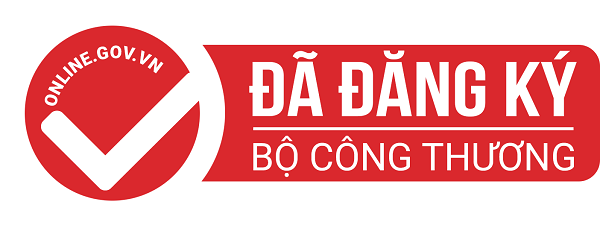Bybiz - launcher for core values
Counseling Information
Whether you’re trying to raise money for your business or are developing a plan for strategic growth, a solid business plan is a key component to every successful business.
3 rules for writing a business plan:
1. Keep it short.
Business plans should be short and concise.
The reasoning for that is twofold:
First, you want your business plan to be read (and no one is going to read a 100-page or even 40-page business plan).
Second, your business plan should be a tool you use to run and grow your business, something you continue to use and refine over time. An excessively long business plan is a huge hassle to deal with and guarantees that your plan will be relegated to a desk drawer, never to be seen again.
2. Know your audience.
Write your plan using language that your audience will understand.
For example, if your company is developing a complex scientific process, but your prospective investors aren’t scientists (and don’t understand all the detailed scientific terminology you want to use), you need to adapt.
Instead of this:
“Our patent-pending technology is a one-connection add-on to existing bCPAP setups. When attached to a bCPAP setup, our product provides non-invasive dual pressure ventilation.”
“Our patent-pending product is a no power, easy-to-use device that replaces traditional ventilator machines used in hospitals at 1/100th the cost.”
Accommodate your investors, and keep explanations of your product simple and direct, using terms that everyone can understand. You can always use the appendix of your plan to provide more specific details.
3. Don’t be intimidated.
The vast majority of business owners and entrepreneurs aren’t business experts. Just like you, they’re learning as they go and don’t have degrees in business.
Writing a business plan may seem like a difficult hurdle, but it doesn’t have to be. If you know your business and are passionate about it, writing a business plan and then leveraging your plan for growth will be not nearly as challenging as you think.
And, you don’t have to start with a full, detailed business plan that I’m going to describe here. In fact, it can be much easier to start with a simple, one-page business plan—what we call a Lean Plan—and then come back and build a detailed business plan later.
Now that we have the rules of writing a business plan out of the way, let’s dive into the details of building your plan.
1. Executive summary
This is an overview of your business and your plans. It comes first in your plan and is ideally only one to two pages. Most people write it last, though.
2. Opportunity
This section answers these questions: What are you actually selling and how are you solving a problem (or “need”) for your market? Who is your target market and competition?
3. Execution
How are you going to take your opportunity and turn it into a business? This section will cover your marketing and sales plan, operations, and how you’re going to measure success.
4. Team and company
Investors look for great teams in addition to great ideas. Use this chapter to describe your current team and who you need to hire. You will also provide a quick overview of your legal structure, location, and history if you’re already up and running.
5. Financial plan
Your business plan isn’t complete without a financial forecast. We’ll tell you what to include in your financial plan.
6. Appendix
If you need more space for product images or additional information, use the appendix for those details.
Let’s dive into the details of each section of your business plan and focus on building one that your investors and lenders will want to read.
Documents for download:
Business strategy outline (English)
Business plan outline (Vietnamese)
(Next article: How to write a business plan - in details and some examination)












